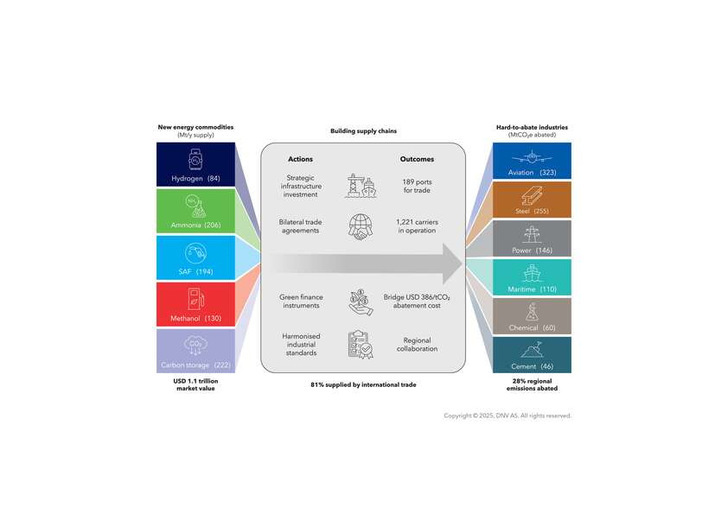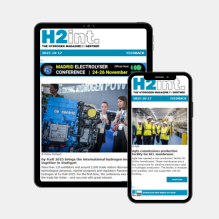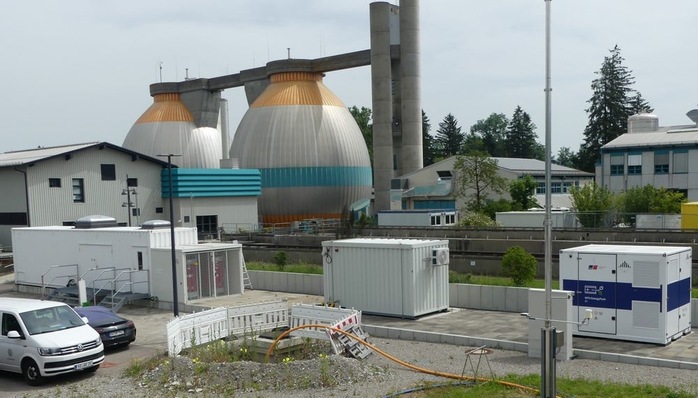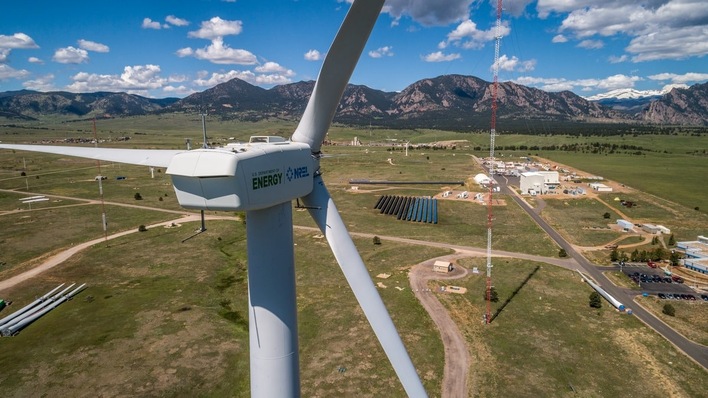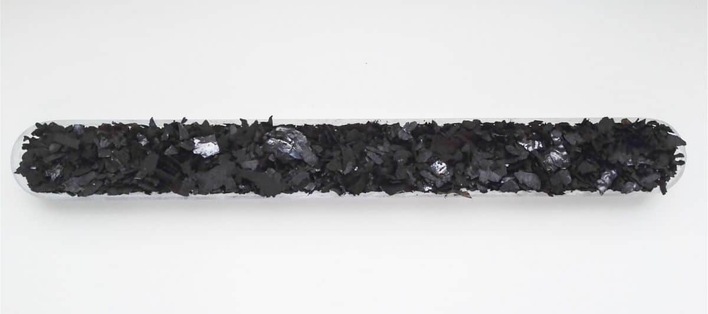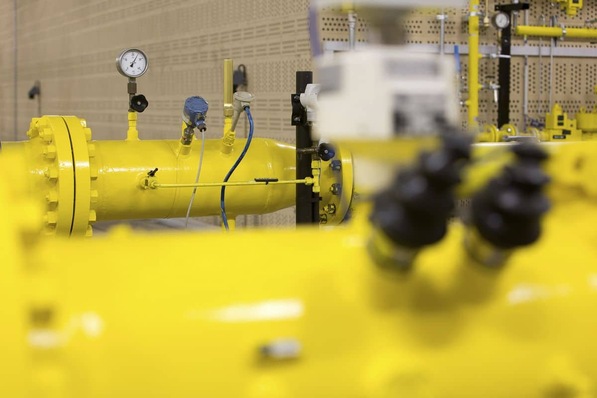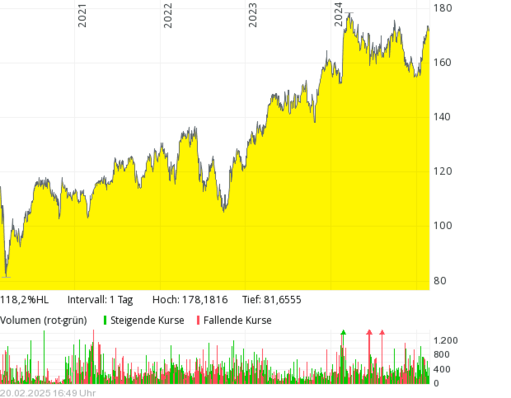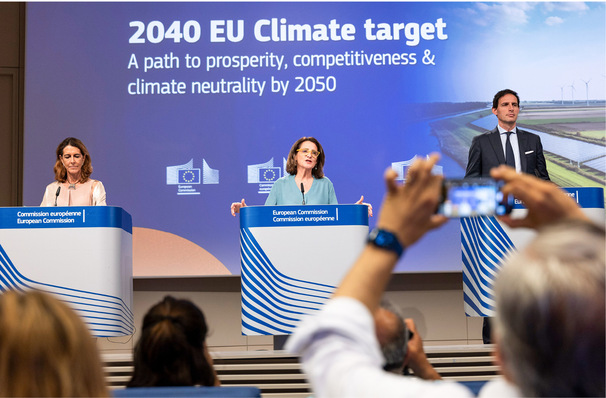The independent energy expert DNV presented a new report on the role of new energy carriers (NECs) in decarbonizing the Asia-Pacific region (APAC) at the Asia Clean Energy Summit (ACES) in Singapore. According to the report, hydrogen, ammonia, sustainable fuels and carbon capture and storage (CCS) are expected to enable more than a quarter of the region’s emissions reductions by 2050.
While electrification and the expansion of renewable energy are expected to drive the bulk of the energy transition in APAC, DNV sees NECs as indispensable for six particularly emissions-intensive sectors: aviation, shipping, steel, power generation, industrial chemicals and cement.
“Without NECs, achieving net zero is not possible, especially in Asia-Pacific, where geographic diversity requires different solutions,” says Brice Le Gallo, Vice President and Regional Director Asia-Pacific at DNV Energy Systems.
International trade flows and infrastructure as key enablers
DNV forecasts that 81 percent of NECs will be traded across borders. Countries such as Japan, South Korea and Singapore are expected to be among the largest consumers, but will rely on imports. Australia is seen as a potential major supplier, but faces competition from other emerging producers.
The study emphasizes that building new infrastructure is essential. By 2050, around 12 billion solar panels, 2.7 million wind turbines, 189 new ports and 1,221 cargo ships will be needed to enable the production and trade of NECs in the region.
Market potential of over one trillion US dollars annually
The market volume for NECs in APAC is estimated at around USD 1.1 trillion per year – approximately three percent of the region’s projected gross domestic product in 2050. DNV sees significant economic potential that could be unlocked through targeted investments, partnerships and standardization.
Thomas Koller, Head of Hydrogen, Ammonia and Sustainable Fuels at DNV Energy Systems in Asia-Pacific, emphasizes: “From sustainable aviation fuel to ammonia and methanol in shipping to green hydrogen for steel production – each sector has a clear decarbonization pathway.”
Three strategic priorities for market ramp-up
To accelerate the deployment of NECs, DNV identifies three key areas for action:
1) Building robust regional supply chains through infrastructure investment and harmonized standards.
2) Sustainable management of biomass resources for aviation and shipping.
3) Promotion of CCS through clear market incentives such as carbon pricing, regulatory frameworks and certification systems.
Le Gallo concludes: “The energy transition is already underway. To meet climate targets in APAC, we must fundamentally rethink how energy is produced, transported and used.”


